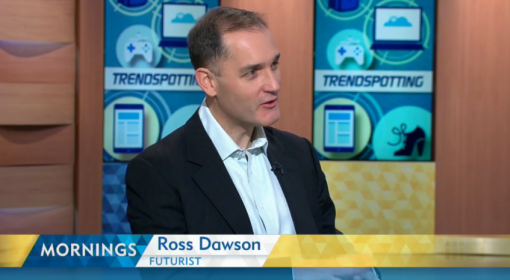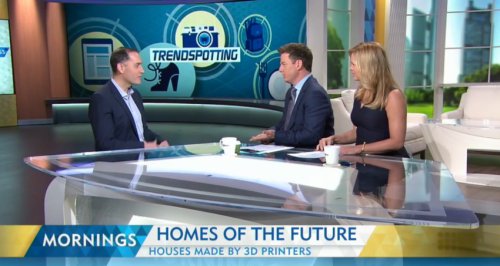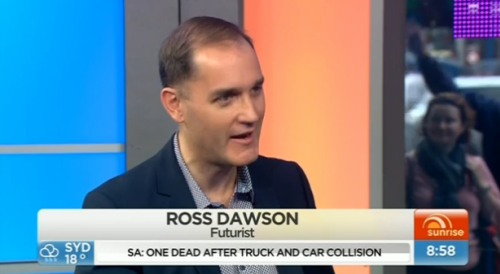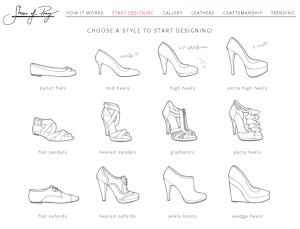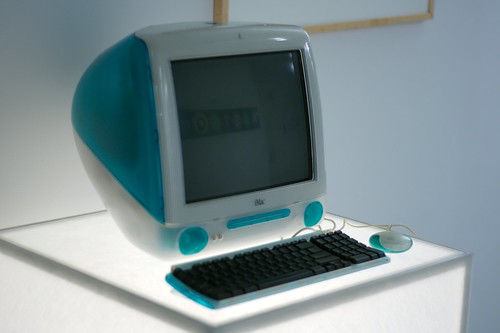Reinvent Australia: how can we shape a positive future for nations?
A few days ago I attended the launch event of Reinvent Australia, organized by Annalie Killian of Amplify Festival at PwC’s Sydney offices. It was a very interesting event, digging into the issues of how we can bring together many people’s ideas to create better futures for nations.
Graham Kenny, President of Reinvent Australia, described the organisation as a collaborative initiative to create a conversation on a shared vision for the nation. The bottom line of its endeavors is to increase the quality of life for all Australians, by influencing government and business in how they work.
Kenny quoted Henry Mintzberg in a recent Harvard Business Review article, Rescuing Capitalism from Itself.
Read more →

